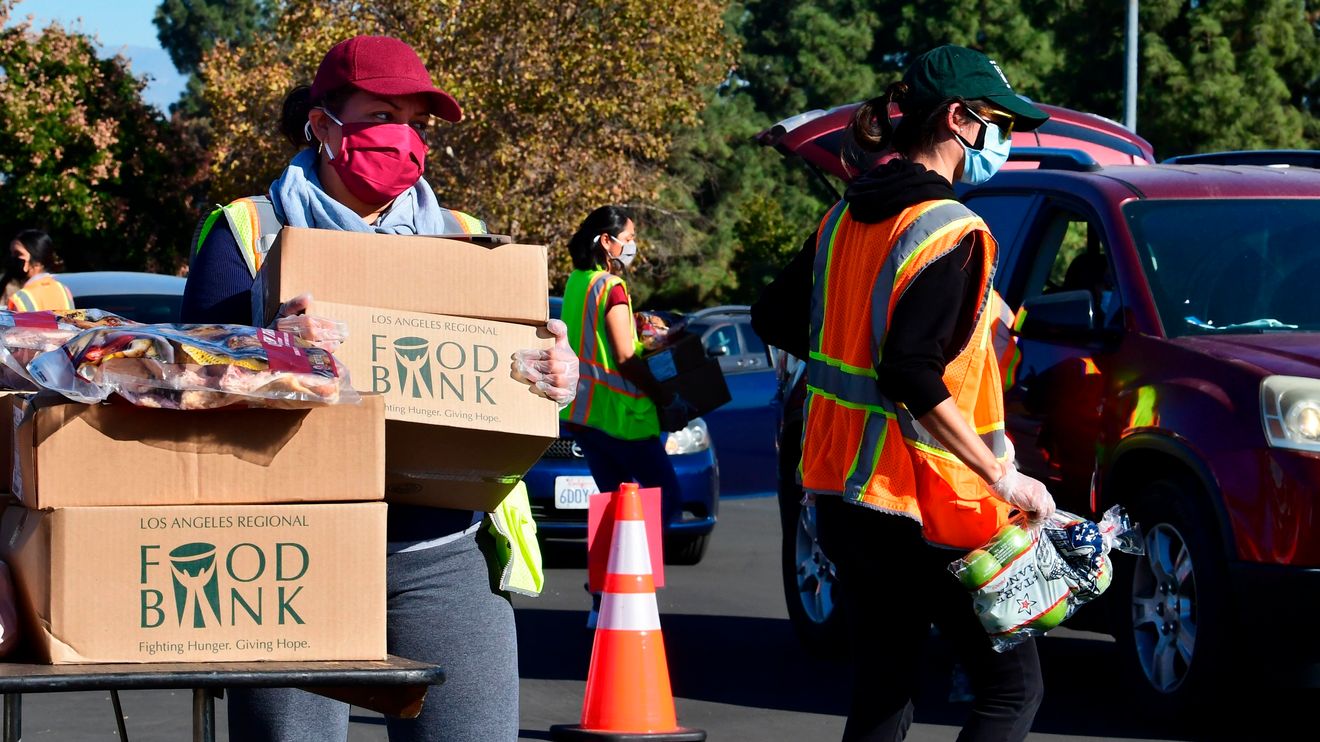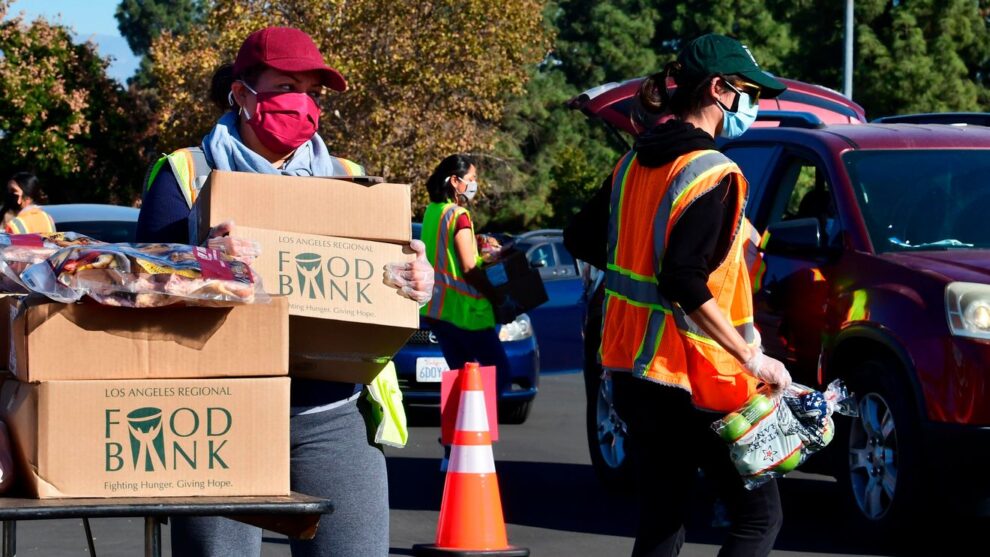
Arguments for or against raising the minimum wage to $15 an hour typically focus on how many jobs could be eliminated versus how many more people could be lifted out of poverty.
Far less attention, however, has been given to the tax-expenditure implications of increasing the minimum wage.
A new report published by economists at the Economic Policy Institute, a progressive think tank, found that increasing the federal minimum wage to $15/hour and eliminating the tipped minimum wage by 2025 would free up $13 billion to $30 billion in taxpayer revenue annually.
If the federal minimum wage continues to be $7.25 per hour as it has been since 2009, the $13 billion to $30 billion will be allocated towards public welfare programs including the Supplemental Nutrition Assistance Program and the earned income tax credit (EITC) and child-tax credit (CTC).
The authors of the report — Ben Zipperer, David Cooper, and Josh Bivens — made those estimates based on prior EPI research that demonstrates that some 32 million Americans would see higher earnings from raising the minimum wage to $15 an hour by 2025.
The Congressional Budget Office, a nonpartisan federal agency, estimated in a similar analysis on minimum wage that fewer Americans, 17 million, would see higher earnings.
These Americans who will benefit most from increasing the minimum wage are disproportionately from low-income families and rely on government aid. But because of improved incomes ”many workers and their families would no longer qualify for or need public-assistance programs, hence reducing the total government expenditures on these programs,” the authors of the report wrote.
Expenditures on EITC and CTC would decline by as much as $20.7 billion annually, the researchers found. While expenditures on SNAP alone would decline by as much as $5.4 billion.
Ultimately, the increased wages some workers will earn as a result of raising the minimum wage will funnel between $7 billion and $13.9 billion a year towards Social Security and Medicare, the researchers concluded.
Meanwhile, the debate over the rise in wages for workers, and the subsequent knock-on effects, and the prospect of job losses particularly for small businesses continues.
A recent report in the Quarterly Journal of Economics on 138 prominent state-level minimum wage changes between 1979 and 2016 found that “the overall number of low-wage jobs remained essentially unchanged over the five years following the increase. At the same time, the direct effect of the minimum wage on average earnings was amplified by modest wage spillovers at the bottom of the wage distribution.”
The Congressional Budget Office released a study last year that concluded a rise in the federal minimum wage to $15 an hour from $7.25 an hour would raise the wages of 17 million workers, and an additional 10 million Americans already making over $15 an hour would also see an improvement to their wages. But the CBO also noted that 1.3 million workers would lose their jobs, equal to a 0.8% reduction in the number of employed workers.











Add Comment